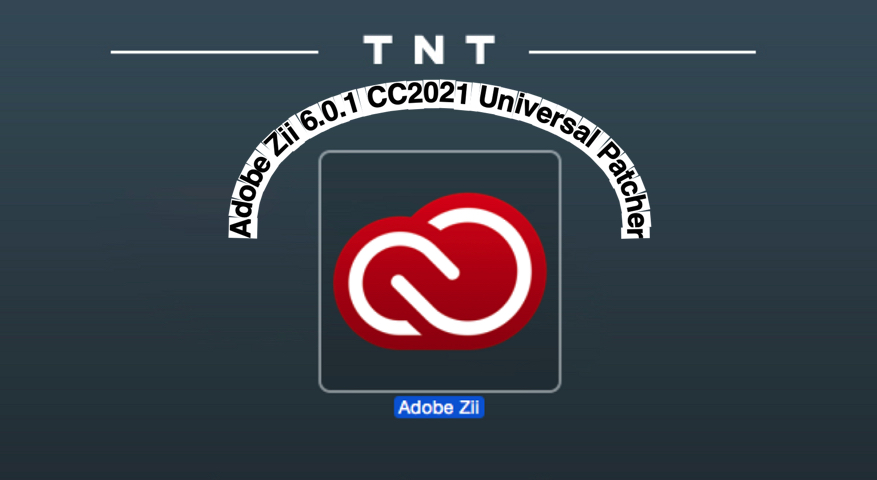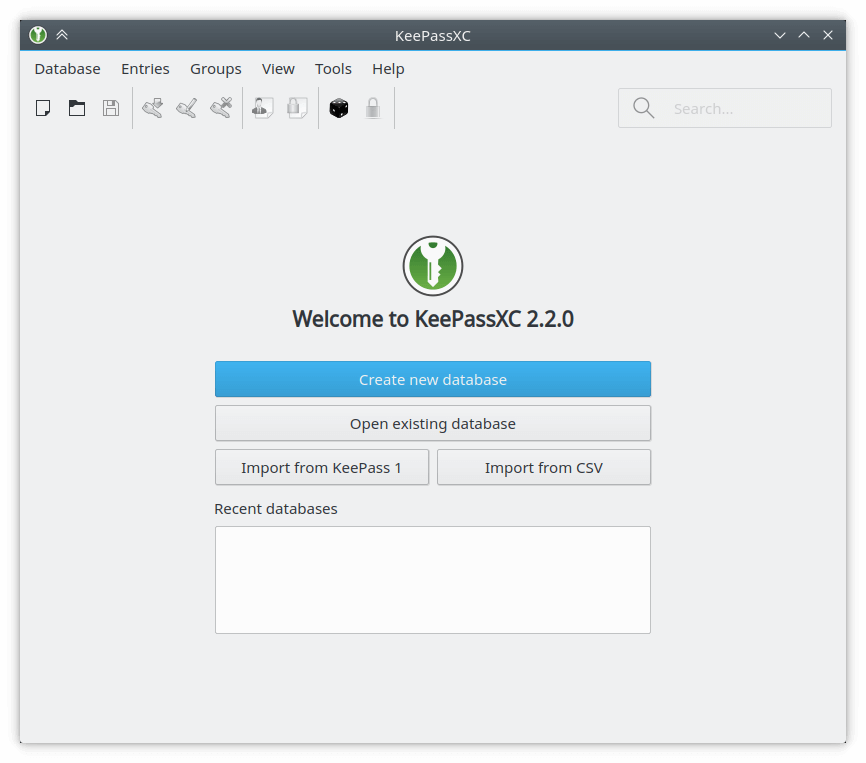

You (and other trusted users) can open (and edit!) the password database in multiple locations, simultaneously. MiniKeePass is popular, but I don't know about WebDAV support.Īnd there we have it: our own personal LastPass running all open-source software, on our own server, and with no subscription fees. I don't have any iOS devices, so I can't offer much help here.
#Keeweb for mac android
You can also load your database on an Android phone using Keepass2Android (use the WebDAV option, obviously). Once you pass the HTTP authentication, you should see KeeWeb's interface, ready to manage the passwords in your specified database.įull sync ahead! On a personal computer, you can mount your WebDAV folder and load your database into KeePass (or KeePassXC, for that matter). Double-check the link on this page (the download is currently called gh-pages.zip), in case it changes. The official app is located at, but we can host it ourselves, so let's do it! I suggest installing it in a folder called keeweb on your domain. KeeWeb provides a web interface to our personal KeePass database. The Kee to the WebĪll this is well and good, but we still don't have our web interface (in case we don't have access to either our personal computer or a smartphone).
#Keeweb for mac full
If you want to try using KeePass v2, you can go to Open URL and specify as the file, and you should have full read/write access. Make sure you can both upload and delete files from that space. Try uploading your KeePass database to the WebDAV folder. If you're on Linux, try entering webdavs:///webdav into Dolphin, Nautilus, or whatever file manager you have. If you're on macOS, press Command+K and enter as the server. htpasswd, which is pretty common.ĭone! You can test your WebDAV setup in a number of ways.

Once that's ready, it's time to set up HTTP authentication, since we don't want just anyone accessing our password database, do we? I'm storing my info in a file called.
#Keeweb for mac for free
Doing so is beyond the scope of this article, but you can start by searching for apache virtualhost setup, and then look up Let's Encrypt and certbot for free TLS certificates. You will first need to set up a new VirtualHost as well as HTTPS. We can fix those two sFTP-related problems by using WebDAV, so let's get going! I'm using Apache on CentOS for my web server, so if you want to use nginx, lighttpd, or whatever, you'll need to make adjustments accordingly. KeePassXC doesn't have plugins (yet?), so the syncing options are trickier. You have to run KeePass v2, which is fine on Windows, but less-elegant on Linux and macOS due to the dependency on mono.There are plugins (such as SftpSync) for KeePass v2 that can help with this. Using the Open URL feature in KeePass - or by mounting the network folder using sshfs (in Linux) - numerous people can access/modify the database at any given time. The simplest way is to store the KeePass database on a networked computer (such as an sFTP server).

Basically, can we spin our own version of LastPass / Bitwarden, but using KeePass-related tools? I want a setup where both my wife and I can access our shared KeePass database simultaneously on multiple computers, plus on a couple of Android phones, with bonus points for having a self-hosted, password-protected web interface in case we have neither our own computers nor our phones with us. Bitwarden is better since it's open source (and you can host the stack yourself), but since I'm already familiar with KeePass, I'm not ready to give up on that ecosystem yet. Sure, there are solutions like LastPass, but I have an inherent mistrust of a closed-source, cloud-based password manager. But what about a scenario wherein two (or more) people want to access/change the database simultaneously? If you're just using something like Dropbox to sync the database, then you will likely end up with file conflicts and lost data. Indeed, I recommend it to anyone in a single-user situation. Toss in something like Keepass2Android, and you have mobile access as well, all for free. Just stick the database on Dropbox, Google Drive, or use Syncthing, and voila, you can access your password database everywhere. It works brilliantly, especially for a single user. For years I used KeePass to manage my ever-growing number of passwords.


 0 kommentar(er)
0 kommentar(er)
